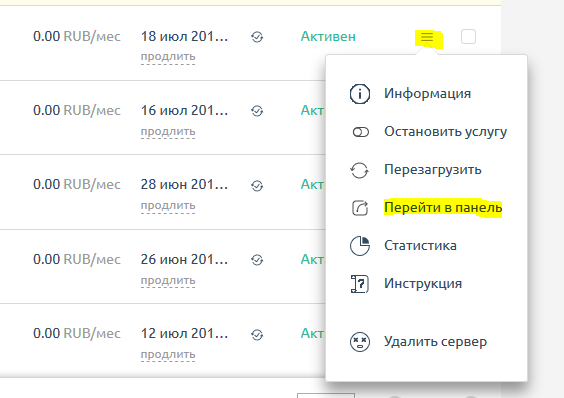Setting up a VPN on a Dedicated Server
Virtual Private Networks (VPNs) have become an integral part of internet security. If you have a dedicated servers and want to set up a VPN, the process might seem complicated, but it’s actually not that difficult. This article will detail how to set up a VPN on a dedicated server.Choosing a VPN Protocol
The first step in setting up a VPN on a dedicated server is choosing a suitable VPN protocol. Several popular protocols exist, such as OpenVPN, L2TP/IPsec, and PPTP. Each has its advantages and disadvantages, so it’s crucial to choose one that suits your needs.
Installing and Configuring the VPN Server
After choosing a protocol, you need to install and configure the VPN server on your dedicated server. This requires downloading the necessary software and following the installation instructions. The process usually doesn’t take long and can be completed even by a server administration novice.
Configuring Client Devices
After installing and configuring the VPN server, you need to configure client devices to connect to the VPN. This involves setting the appropriate parameters on devices such as computers, smartphones, or tablets. This is usually done using special applications or operating system settings.
Testing and Debugging
After completing the VPN setup, you need to perform testing and debugging to ensure everything is working correctly. Check the connection from different devices and verify that your server provides a secure and stable connection.
Conclusion
Setting up a VPN on a dedicated server might seem challenging, but by following these steps, you can successfully set up a VPN and provide a secure connection for your clients or employees. Don’t hesitate to seek help from professionals if you encounter difficulties.





